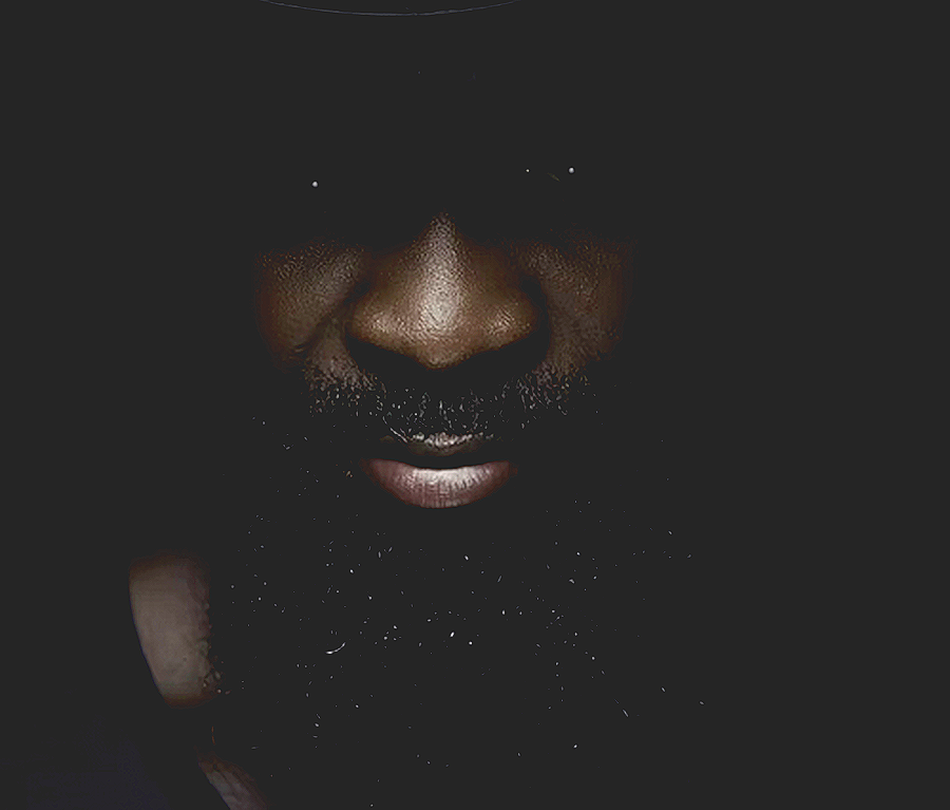A History of Hip Hop Bounce Music From New Orleans
Triggerman beat
Throughout the 1990s, the city of New Orleans was a hotbed for hip-hop and bounce music. The music grew out of the local tensions between wards and local gangs. The city's violent crime rate and Katrina influenced local artists to create a unique genre. During that time, They largely played the genre at mid-tempo BPMs. By the early 2000s, however, a shift had begun, and bounce was in high gear. The rise of this style of music ushered in a new, faster movement.
While New Orleans is usually associated with jazz music, the rise of hip-hop and bouncing music has given the city a new perspective on its African roots. Rappers like Mike "Mystikal" Tyler, who signed to Jive Records in 1995, brought the genre to the international stage. His debut album, "Mind of Mystikal," was not directly connected to New Orleans bounce, but many New Orleans natives were drawn to its sound.
Big Freedia
A History of Hip Hop Bounce Music from New York and New Orleans includes performances by Big Freedia and other notable artists. Big Freedia first became known as a Bounce artist when he performed with drag queen Katie Red. Katie Red was one of the city's first openly gay Bounce artists, and she pioneered a sub-sect called Sissy Bounce. Freedia's rise to fame is partly credited to her work as a drag artist. As a gay man in drag, Big Freedia was able to capitalize on FEMA's attention by performing 'Drag Rap (Triggerman)' at the 2014 Voodoo Festival.
The music genre started on a low-tempo cassette, known as "the red tape." During the first decade of the '80s, bounce music was typically performed at a medium tempo. However, the music scene in New Orleans was undergoing rapid development. The popularity of '80s rap music was fueled by the emergence of the underground hip-hop scene.
MC T Tucker
The energetic sound of New Orleans' bounce music was first heard in the late 1980s. Generally, it is attributed to the single "Where Dey At?" by MC T. Tucker and DJ Irv. This was followed by DJ Jimi's highly influential cover of the same song in 1992. In this way, the New Orleans Bounce scene took shape. Today, this style of hip-hop is a thriving industry.
The origins of bounce music are obscure and largely unknown, but it has been credited to several artists. Some artists, like Sissy Nobby, became extremely popular through their relationship-oriented raps. Their music, in particular, was highly influenced by the music of the New Orleans jazz scene. In addition to the genre's emergence, New Orleans artists have contributed to the history of hip hop.
Miley Cyrus
When it comes to bounce music, Miley Cyrus has done herself no favors. Although she has a cult following, the style hasn't quite made it to mainstream pop culture. The best part is that the music is very danceable, so the best way to enjoy a bounce party is to get loose! The hot weather of New Orleans doesn't help, making bounce parties all the more sweaty.
In addition to Miley Cyrus, the video also features Big Sean and Wiz Khalifa, whose dances have distinctly Southern flavors. Miley Cyrus' twerking has a cultural and racial overtone, as a song called "Baby Got Back" by Sir Mix-a-Lot has overtones that make it a great choice for a VMA performance.

